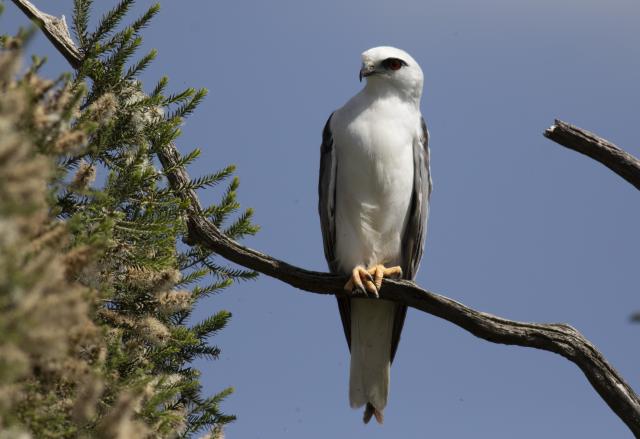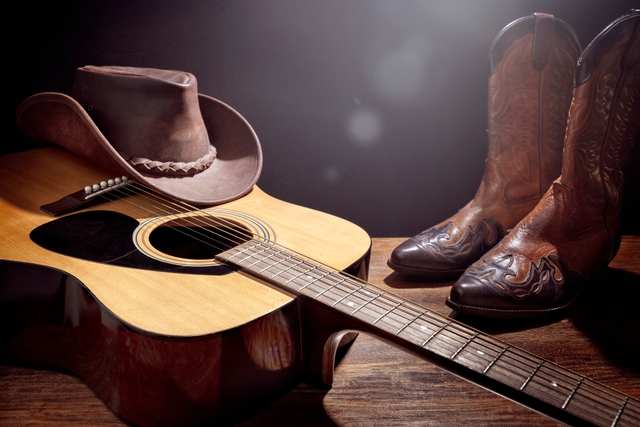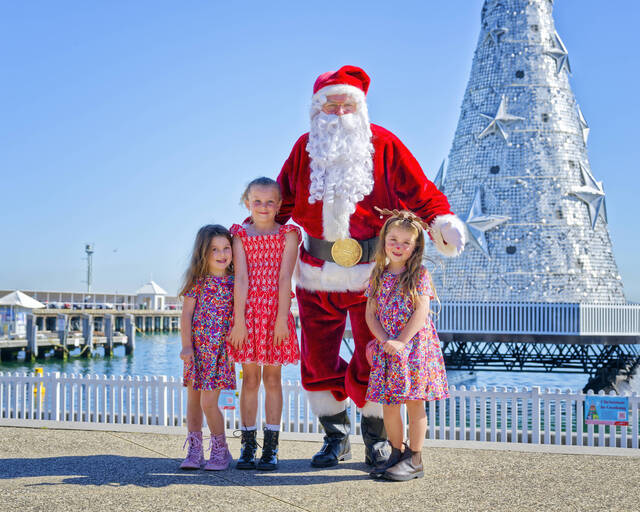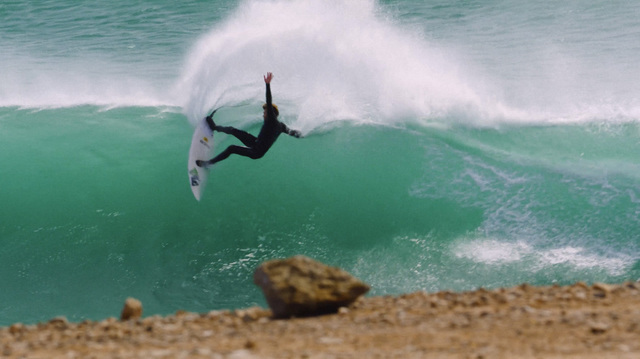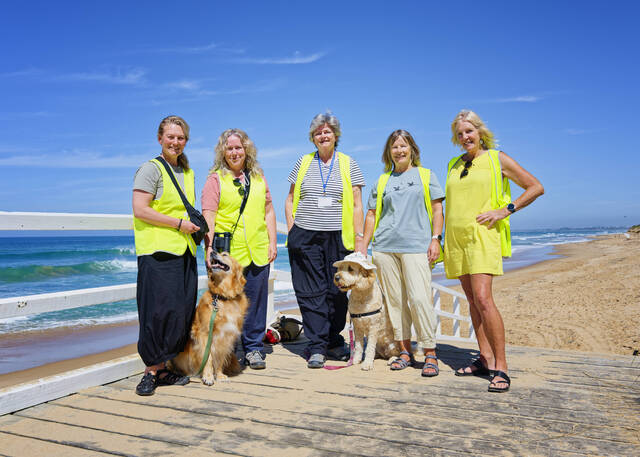The summer rain has ceased over the past few weeks, and fortunately it hasn’t been too hot, although the forecast is predicting some warm February days. The weather has been perfect for some lovely birdwatching outings around the Bellarine.
I did have a drive to Bellbrae to the garden nursery to check out the eastern spinebill nest. The nest was easy enough to find but it was empty, so hopefully the young birds have fledged successfully.
After visiting the nursery, I went to Point Addis, where I had a walk at Ironbark Basin. I’d told Barry Lingham a few days before my work that I had only seen varied sitella once in my life which was many years ago at Hanging Rock, and lo and behold I spotted a small flock of them at Ironbark Basin, which was lovely. I also saw three species of thornbill, namely striated, brown, and buff-rumped.
I had another trip to Sorrento on the ferry, which is always lovely, but it was a very rough day and there was not a lot of activity on the water, and even the Australasian gannets were keeping a low profile.
Luckily a few days after this I went to Western Treatment Plant with friends Susie, Lizzy, Linda and Caroline. It was a wonderful day with over 55 species seen, the highlights being a few brolga, fairy terns, and great-crested grebes.
I received an email from Carole, who has been visiting Swan Bay jetty a few times over the past few weeks, and has observed quite a few fledgling crested terns sitting along the mud flats. Of course, the mum and dad crested terns were very active feeding tiny fish and other tidbits whilst the fledglings just sat and screamed for attention!
Carole observed that the crested terns do not seem to have difficulty in finding food around Swan Bay, and together with the silver gulls seem to dominate the area. Crested terns nest on the sand at Mud Island in Port Phillip Bay, and from Carole’s email it seems that they have had a bumper breeding season!
I received a message from Christine who lives in old Ocean Grove. In her backyard there is an old yellow gum with a few hollows in it, where wood ducks often nest.
This year was no exception and Christine was in her backyard when ten wood duck ducklings jumped out of a hollow and proceeded to waddle out of the backyard and down the hill towards Blue Waters Lake. I must take a look at Blue Waters Lake to see if they made it safely to the lake.
I received an email from Jack, who spotted a bird and nest up at Merrijig in a garden near the Deltite River (sounds like a great spot Jack!). Jack thought the bird may have been a Lewin’s honeyeater.
He explained that the eggs in the nest were similar to those of the Lewin’s, being white with spots. From Jack’s photos I was able to identify the bird as a yellow-faced honeyeater, and it was lovely to see the nest of this species.
Thanks to Jack, Carole, Christine and Barry for the emails and observations.

